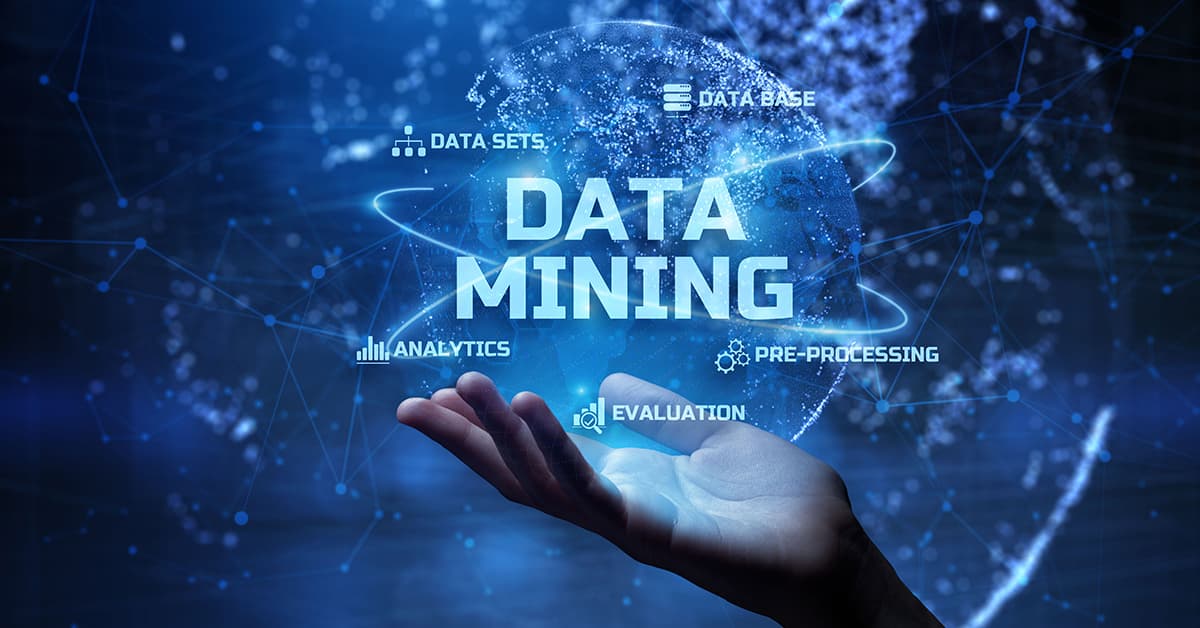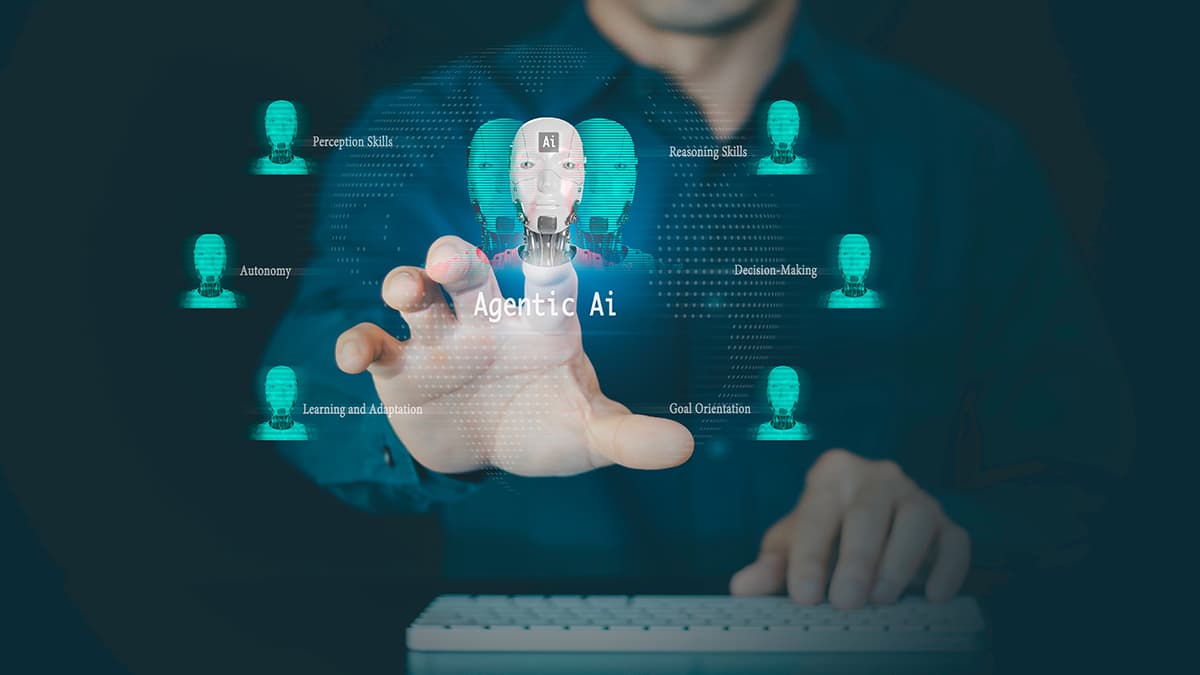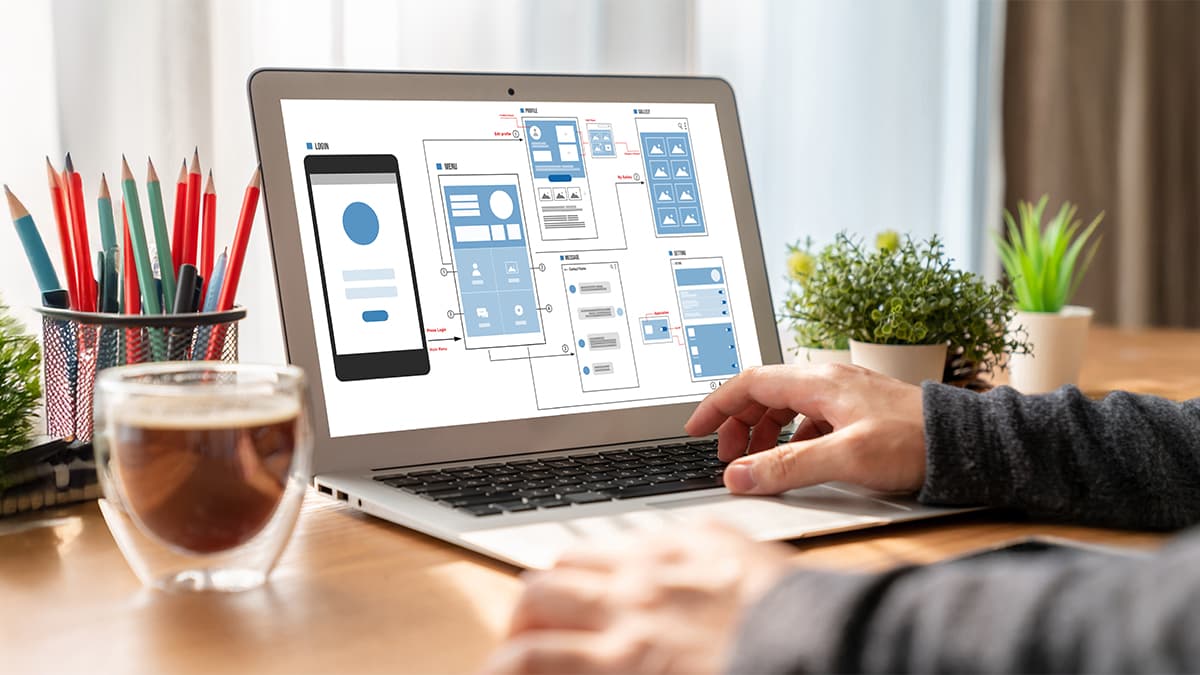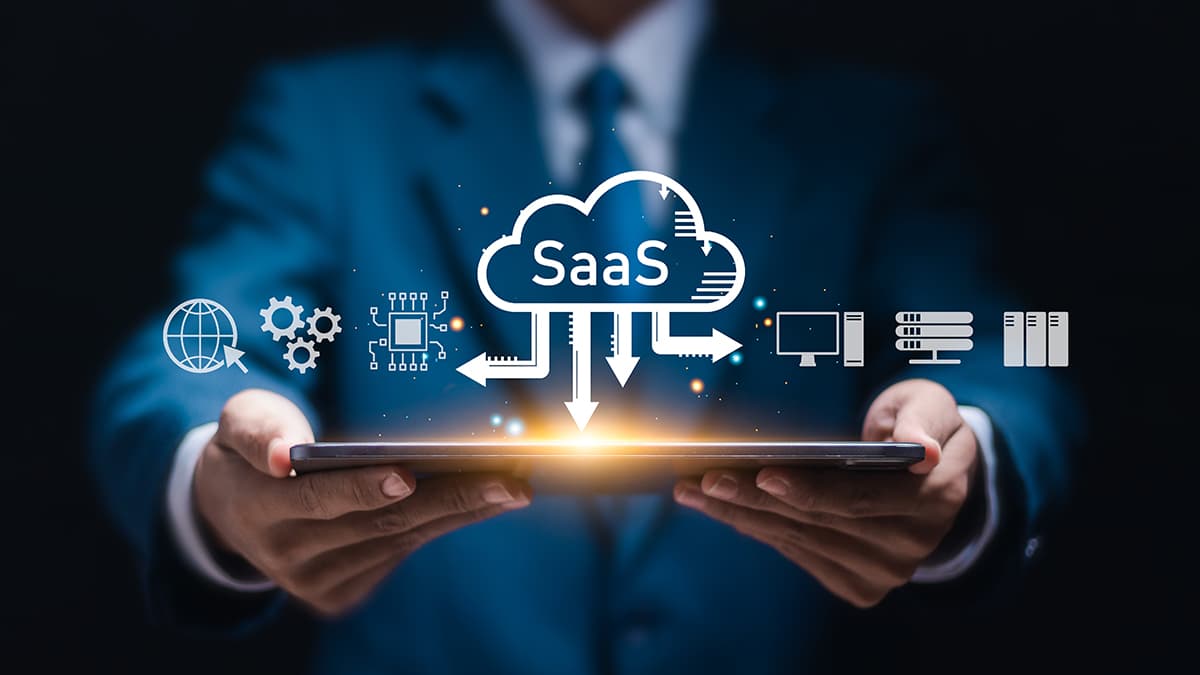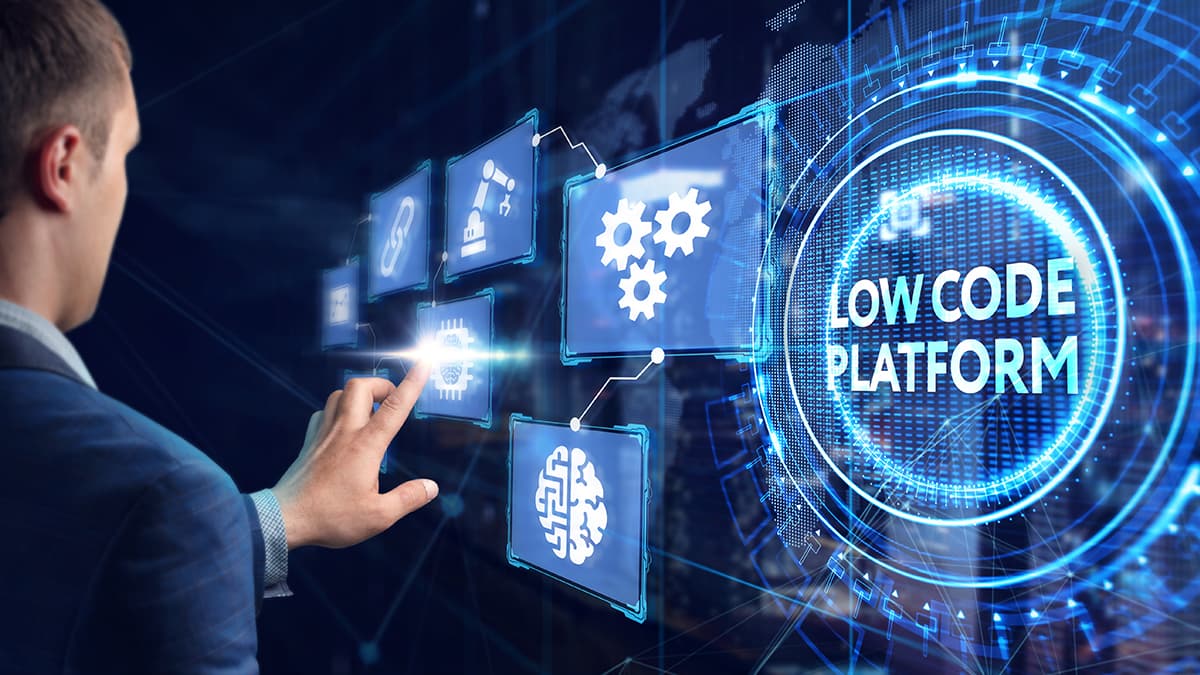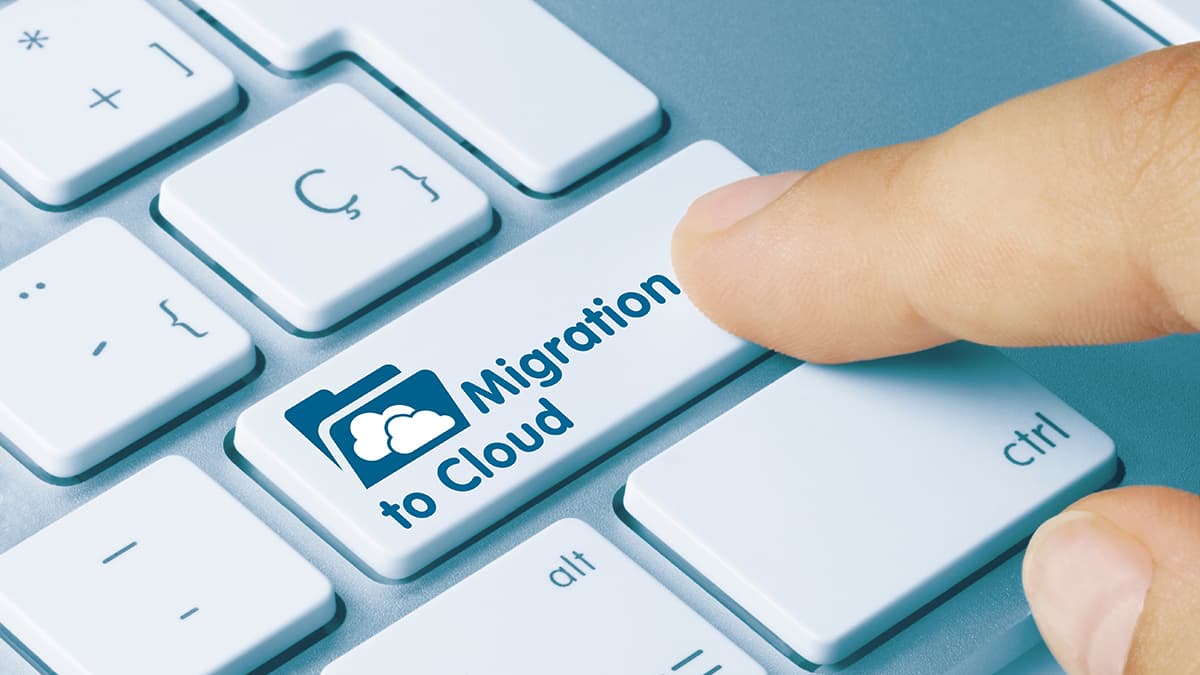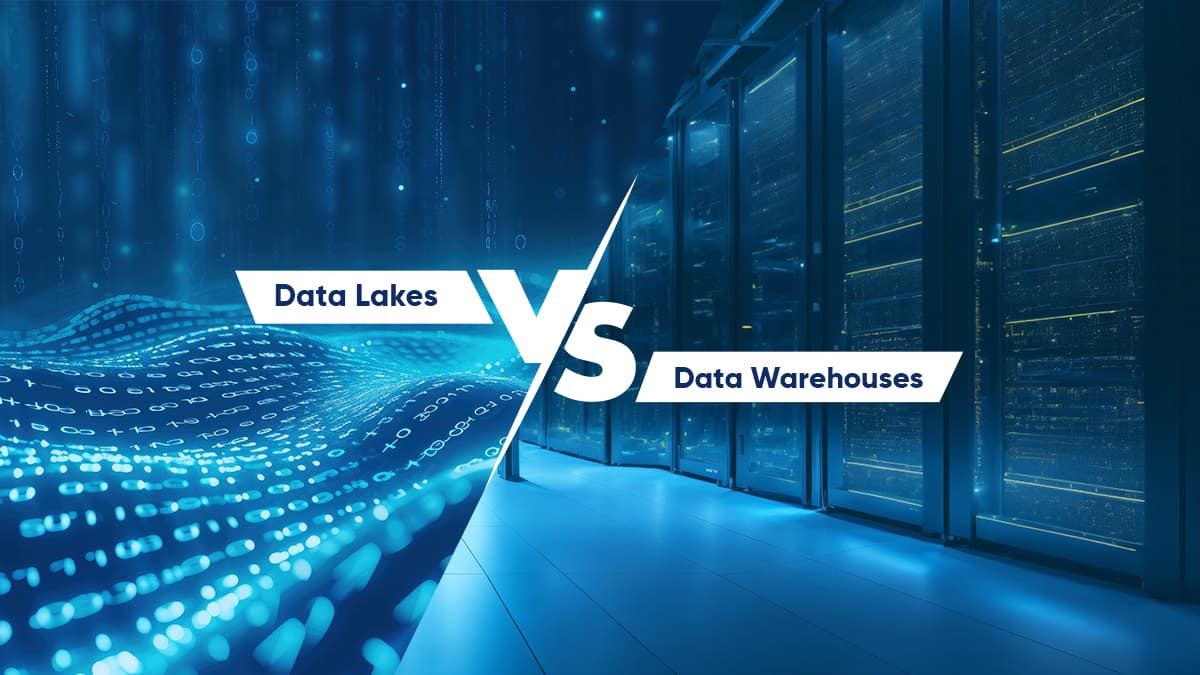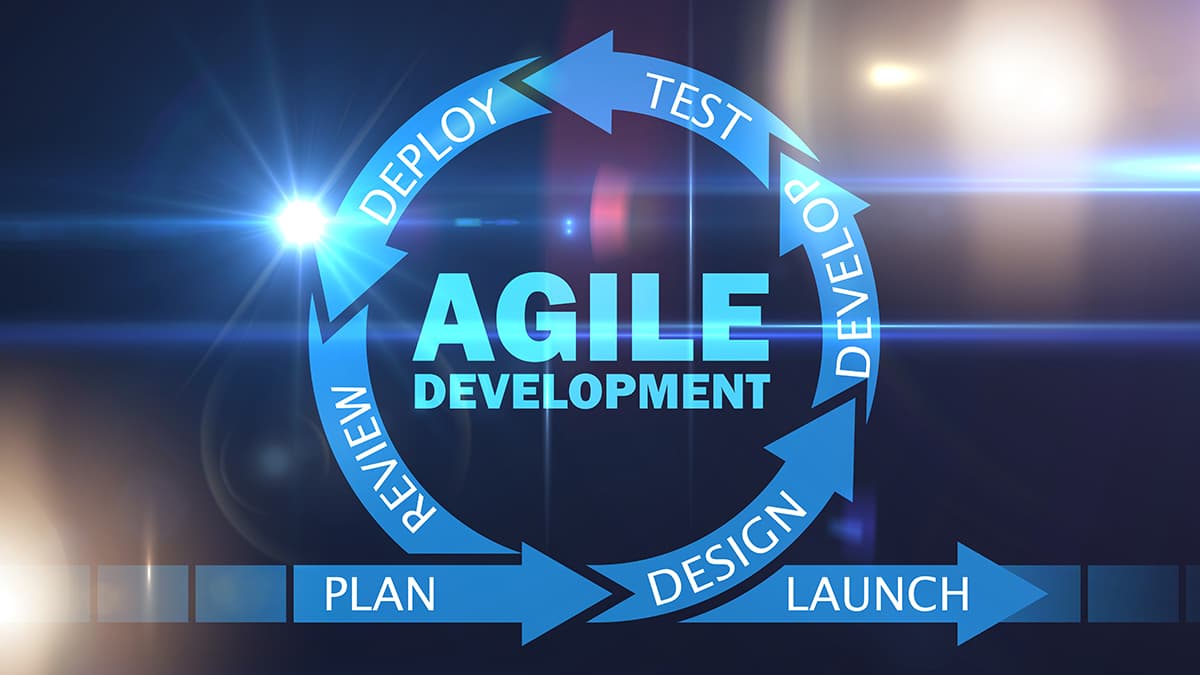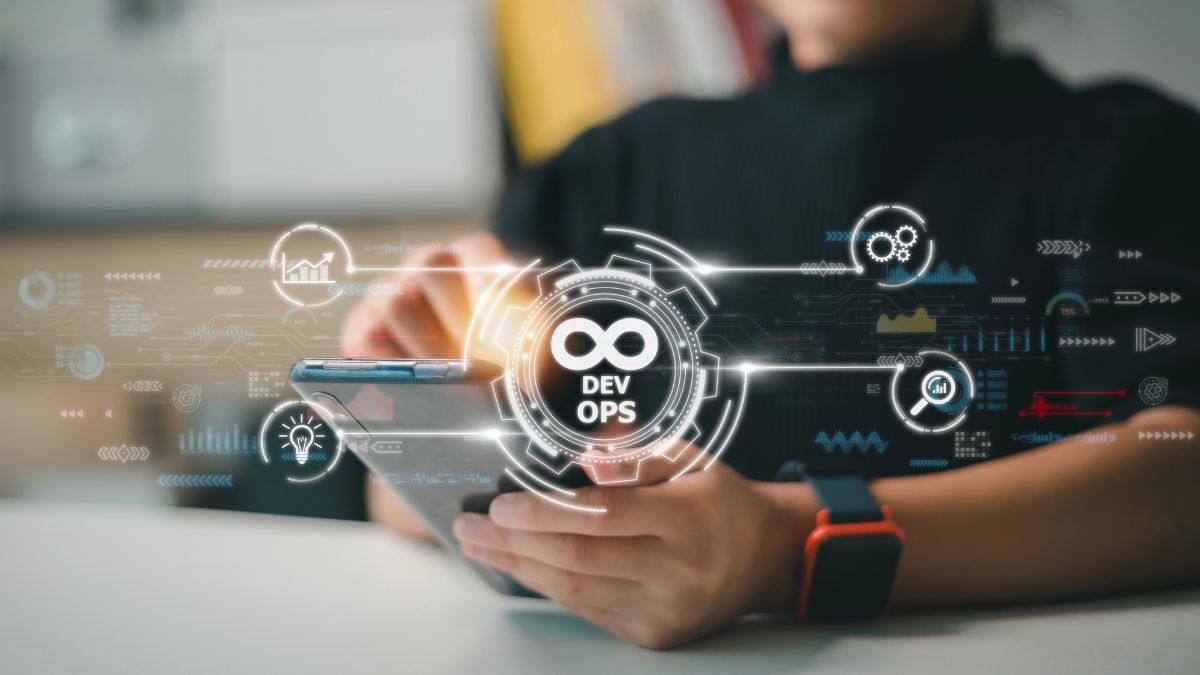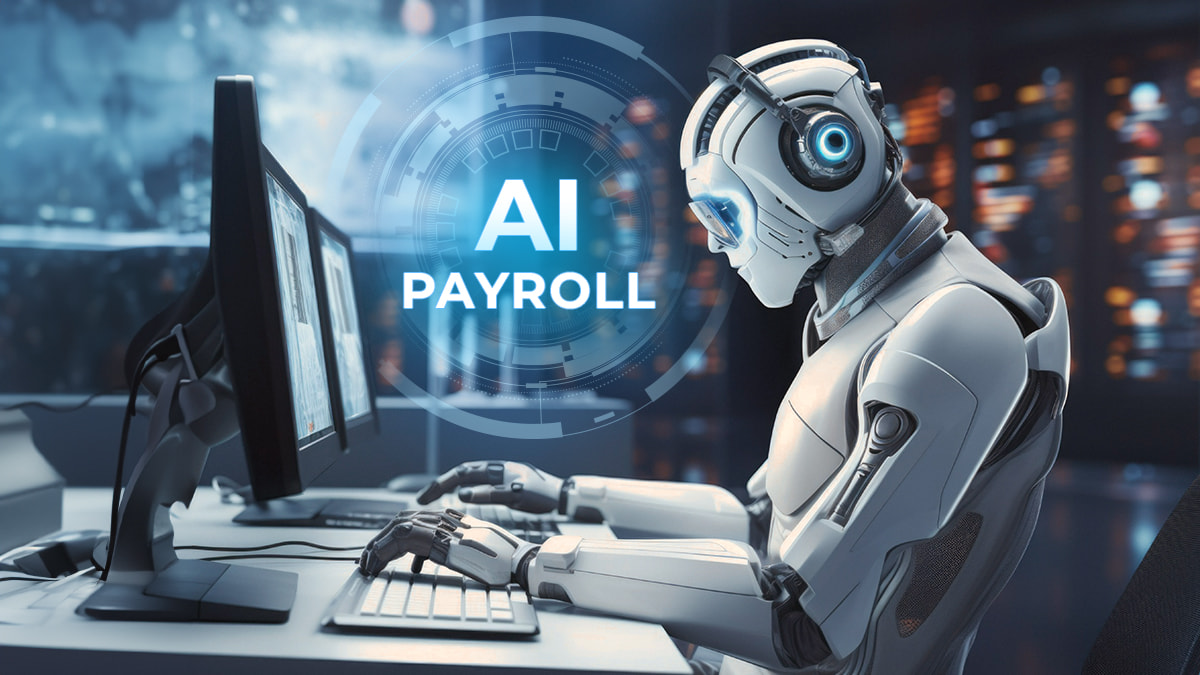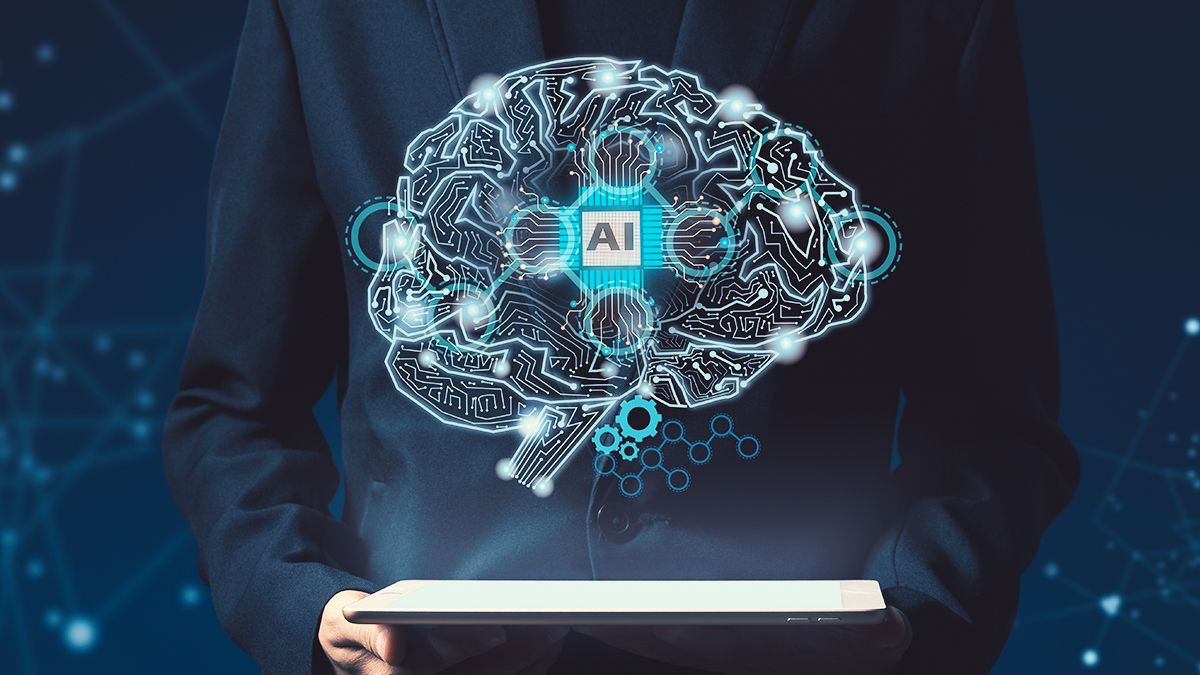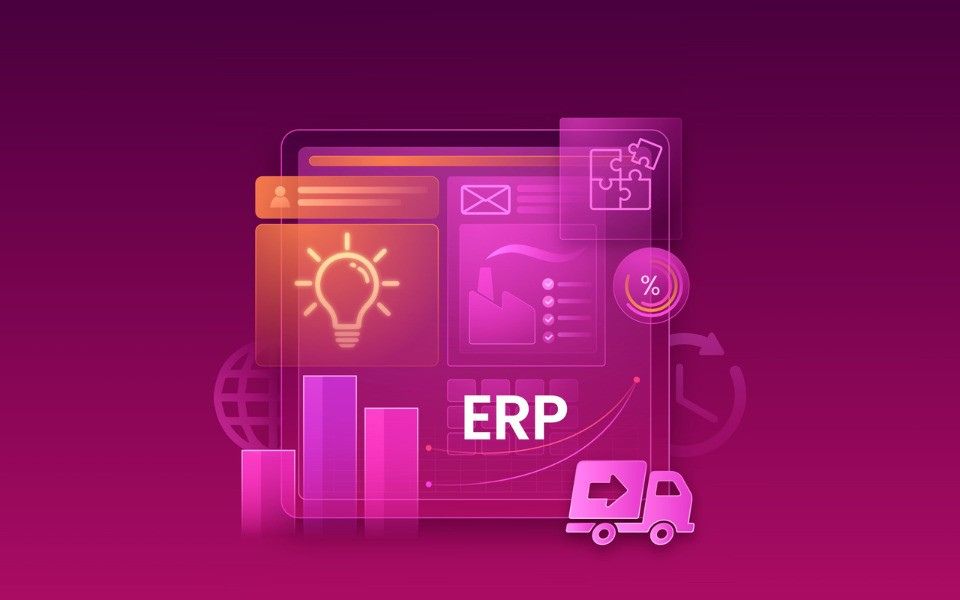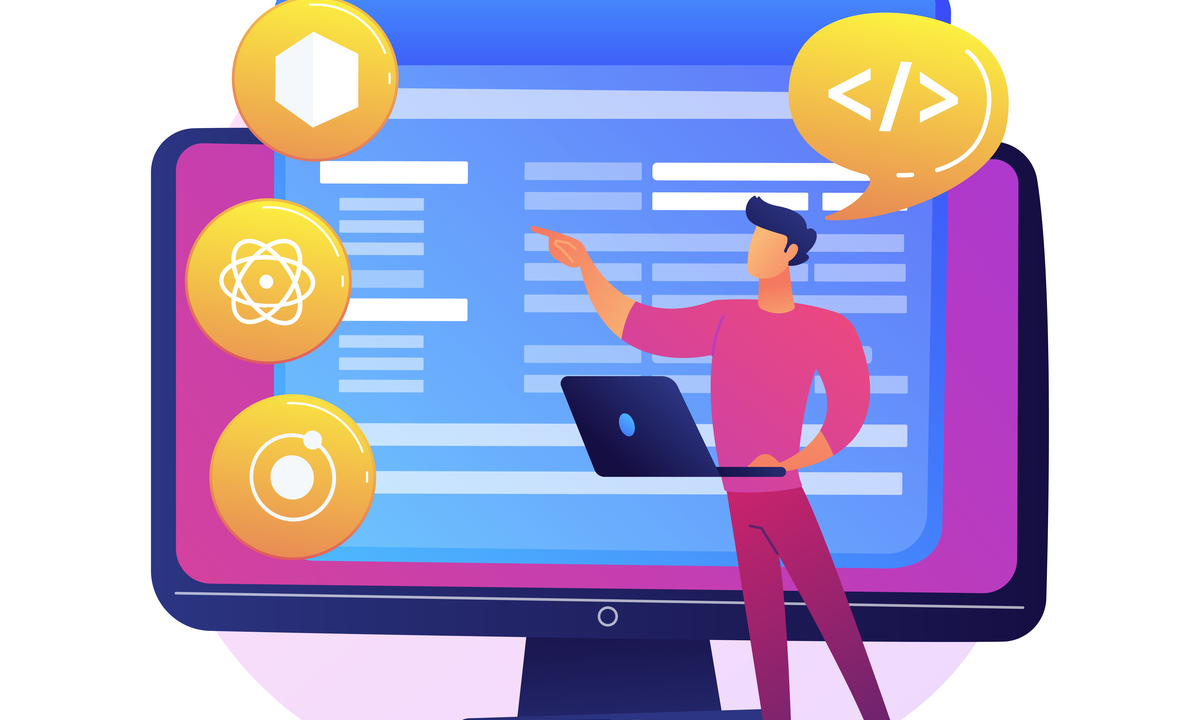
In today’s data-driven world, businesses can’t afford to let data pipelines lag. Enter DataOps, the game-changing approach that’s transforming how organizations manage, process, and leverage data. If you’re a CIO, data engineer, or business leader aiming to boost agility and drive smarter decisions, this guide breaks down everything you need to know about DataOps in 2025.
From core principles to real-world benefits, let’s dive into why DataOps is your ticket to unlocking data’s full potential—all in a no-nonsense, B2B conversational tone.

What is DataOps?
DataOps (Data Operations) is a methodology that applies agile, DevOps-inspired practices to data management, uniting people, processes, and technology to deliver high-quality, actionable data faster. Think of it as the bridge between raw data and business insights, streamlining workflows to make data pipelines efficient, scalable, and reliable. Coined in 2014 by data expert Lenny Liebmann, DataOps draws from DevOps principles like automation, collaboration, and continuous delivery.
It’s not just tech—it’s a cultural shift that empowers data teams to work smarter, not harder.
Why DataOps Matters for B2B
For B2B companies—whether SaaS, fintech, or manufacturing—DataOps is a competitive edge. It tackles the chaos of siloed data, slow pipelines, and error-prone processes, enabling real-time analytics, better customer experiences, and faster market responses. In a world where executives feel data agility drives revenue growth, DataOps is no longer optional—it’s essential.
Core Principles of DataOps
DataOps isn’t a one-size-fits-all tool; it’s a framework built on key principles. Here’s what makes it tick:
1. Continuous Data Flow: Automate data pipelines to deliver insights in real time, reducing delays from manual processes.
2. Collaboration: Break down silos between data engineers, analysts, and business teams for seamless workflows.
3. Quality First: Implement automated testing and validation to ensure data accuracy and reliability.
4. Agility: Use iterative, agile methods to adapt pipelines to changing business needs.
5. Orchestration: Coordinate tools, platforms, and teams to create a unified data ecosystem.
6. Observability: Monitor pipelines with metrics to catch issues early and optimize performance.
These principles guide organizations to treat data like a product, not a byproduct.
How DataOps Works: The Process
DataOps transforms data management through a structured yet flexible process. Here’s how it comes together:
1. Ingest and Integrate: Collect data from diverse sources (databases, APIs, IoT) and integrate them into a unified pipeline using tools like Apache Kafka or Snowflake.
2. Automate Pipelines: Use platforms like Airflow or dbt to automate data transformation, cleaning, and validation, cutting manual work significantly.
3. Test and Validate: Apply automated testing to ensure data quality, catching errors before they hit analytics.
4. Orchestrate Delivery: Deploy data to analytics platforms (e.g., Tableau, Power BI) or ML models, enabling real-time insights.
5. Monitor and Optimize: Use observability tools to track pipeline performance and fix bottlenecks.
This cycle runs continuously, ensuring data is always ready for action, whether for customer analytics or supply chain optimization.
Benefits of DataOps for B2B Organizations
DataOps delivers measurable value for B2B companies. Here’s why it’s a must-have:
1. Faster Time-to-Insight
Manual data processes can take weeks. DataOps automates workflows, slashing delivery times. DataOps adopters also happen to deliver insights 3x faster than traditional setups.
2. Improved Data Quality
Bad data costs businesses $3.1 trillion annually in the U.S. DataOps’ automated validation ensures clean, reliable data, reducing errors by up to 50%.
3. Enhanced Collaboration
DataOps fosters cross-functional teamwork, aligning IT, data scientists, and business units. This cuts project delays by 25%.
4. Cost Efficiency
By automating repetitive tasks and optimizing pipelines, DataOps reduces operational costs. Enterprises report 20–30% savings on data infrastructure.
5. Scalability and Agility
DataOps supports cloud-native architectures (e.g., AWS, Azure), enabling businesses to scale data operations as demand grows, critical for SaaS or ecommerce.
Challenges of Implementing DataOps
While DataOps is powerful, it’s not without hurdles. Here’s what to watch for:
1. Cultural Resistance
Shifting to a collaborative, agile mindset can face pushback from siloed teams. Training and leadership buy-in are critical.
2. Tool Complexity
Integrating tools like Snowflake, Airflow, and Datadog requires expertise. In most scenarios, DataOps projects stalled due to skill gaps.
3. Data Governance
Ensuring compliance (e.g., GDPR, CCPA) while maintaining speed is tricky. Robust governance frameworks are essential.
4. Initial Costs
Setting up DataOps (tools, training) can cost $100,000–$500,000 for mid-sized firms, though ROI often hits within 12 months.
Real-World DataOps Success Stories
DataOps is driving results across industries in 2025:
• Fintech: A leading SaaS fintech used DataOps with Snowflake and dbt to cut reporting times from 10 days to 2 hours, boosting client satisfaction significantly.
• Manufacturing: A global manufacturer adopted DataOps with Apache Kafka, reducing supply chain analytics delays and saving costs to a great extent annually.
• Healthcare: A healthcare provider used DataOps to integrate patient data across platforms, improving predictive analytics for patient outcomes.
These examples show DataOps’ power to transform B2B operations.
How to Get Started with DataOps
Ready to implement DataOps? Follow this roadmap:
1. Assess Your Needs: Identify data bottlenecks (e.g., slow reporting, siloed teams) and set goals.
2. Choose Tools: Select platforms like Snowflake ($2,000/month for mid-sized firms), Airflow (open-source), or Datadog ($15/user/month) based on budget and scale.
3. Build a DataOps Team: Include data engineers, analysts, and business stakeholders. Train them on agile methods (e.g., Coursera DataOps courses, $49/month).
4. Start Small: Pilot a single pipeline (e.g., customer analytics) to test workflows before scaling.
5. Monitor and Iterate: Use KPIs like pipeline speed and error rates to refine processes continuously.
The Future of DataOps
DataOps is evolving fast. By 2026, Gartner predicts 75% of enterprises will adopt DataOps, driven by AI integration and cloud adoption. Emerging trends include:
• AI-Driven DataOps: Tools like DataRobot are embedding AI to automate data prep and anomaly detection.
• Zero-Touch Pipelines: Fully automated pipelines will reduce human intervention to a large extent.
• Edge DataOps: IoT and edge computing will push DataOps to handle real-time data at scale.
B2B companies that adopt DataOps now will lead in agility and innovation.
Why Your Business Needs DataOps
DataOps isn’t just a tech trend—it’s a strategic necessity. It empowers your team to:
• Deliver insights faster than competitors.
• Cut costs and errors with automation.
• Scale data operations for growth.
• Foster collaboration across departments.
Ready to transform your data strategy? Start with a DataOps pilot and watch your business soar. Need help? Contact us for a free consultation on building your DataOps framework!
Explore our DataOps resources or reach out to see how we can accelerate your data journey.
Want to start a project?
Get your Free ConsultationOur Recent Blog Posts

© 2025 CSM Tech Americas All Rights Reserved









